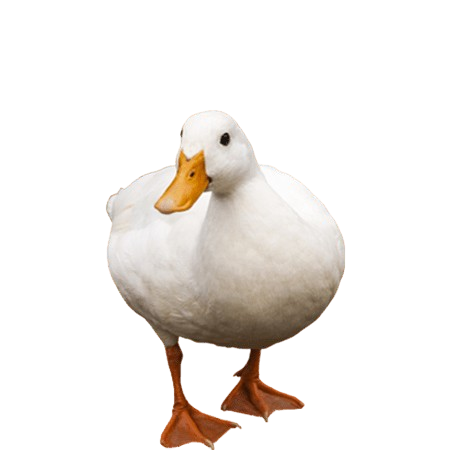
Have you ever been curious about how hibernation works when it comes to hedgehogs? This miraculous feat of nature allows hedgehogs to survive cold winter conditions when food is scarce and temperatures plummet. In this blog, we’ll delve into the intricacies of hedgehog hibernation and explain how it works.
Why do hedgehogs need to hibernate?
Hedgehogs hibernate in order to survive. As insectivores, their primary diet consists of insects, which become limited in the winter months. Additionally, hedgehogs are ectothermic animals, meaning they rely on external temperatures to regulate their body heat. To avoid freezing and conserve energy, they enter a state of torpor, which allows them to slow down their metabolic processes and endure the winter until food sources become more readily available.
How do hedgehogs prepare for hibernation?
Before the onset of hibernation, hedgehogs go through a series of steps to prepare. They need to accumulate sufficient fat reserves to sustain them through the dormant period. Hedgehogs fatten themselves up by foraging for extra food and insects in the late summer and autumn. These fat reserves serve as their energy source during hibernation. You can support hedgehogs in this phase by leaving out hedgehog food. If you don’t have any, wet cat food will do.
How does hedgehog torpor work?
Hedgehog hibernation, also known as torpor, is different from deep sleep. During torpor, a hedgehog’s metabolic rate drops drastically. Their body temperature can decrease from the normal 35-37 degrees Celsius (95-99 degrees Fahrenheit) to as low as 1-5 degrees Celsius (33-41 degrees Fahrenheit). This temperature reduction helps them save energy.
The heart rate and breathing of a hibernating hedgehog slow down dramatically. Their heart may beat only a few times per minute, and they take extremely shallow breaths. This state of torpor allows them to maintain their fat reserves, often for several months.
How do hedgehogs choose a place to hibernate?
Choosing the right hibernation site is essential for our spiky friends. They look for well-protected and hidden locations, such as piles of leaves, log piles, compost heaps, or even the cozy confines of garden sheds. These spots offer insulation and protection from adverse weather conditions. Hedgehogs create a hibernaculum, which is a small, enclosed space in their chosen hibernation site. In this safe space, they curl into a tight ball, tuck their head under their spines, and enter torpor.
When do hedgehogs emerge from hibernation?
Hedgehogs don’t have a set hibernation period. The duration depends on several factors, including temperature and the availability of food. Some may hibernate for a few weeks, while others stay in torpor for several months. As the weather begins to warm and food sources become more abundant, hedgehogs gradually wake from their slumber.
But it’s a delicate process. It takes time for hedgies’ body temperature, heart rate, and metabolic processes to return to normal. During this period, hedgehogs are vulnerable and may require supplemental feeding from well-meaning humans to regain their strength. On PetRange, you find a great selection of supplementary food for hedgehogs available.
Do all hedgehogs hibernate?
In short, no. If the winter months are milder than usual, or if a hedgehog has generous fat stores, they may not hibernate at all, or hibernate for a much shorter period. This is why it’s so important to still leave out hedgehog food, even in the winter season.
How can I help hedgehogs during hibernation?
We all love hedgehogs and we understand that the general public want to do what they can to promote hedgehog welfare. To offer a helping hand to hedgehogs in your area, there are several ways you can assist them during hibernation:
- Create a hedgehog-friendly garden with natural habitats like log piles and leaf piles.
- Provide access to fresh water, especially when natural water sources may freeze.
- Avoid using pesticides and herbicides in your garden, as these chemicals can harm hedgehogs and their food sources.
- Check any bonfire materials for hiding hedgehogs before lighting them.
Ultimately, hedgehog hibernation is a remarkable phenomenon that allows these endearing critters to endure the rigors of winter. As they curl up in their cozy hibernacula and slip into torpor, hedgehogs are a testament to the incredible adaptations of wildlife in the UK. By understanding and supporting their hibernation needs, we can help ensure these cute creatures continue to thrive in the UK for years to come.


















